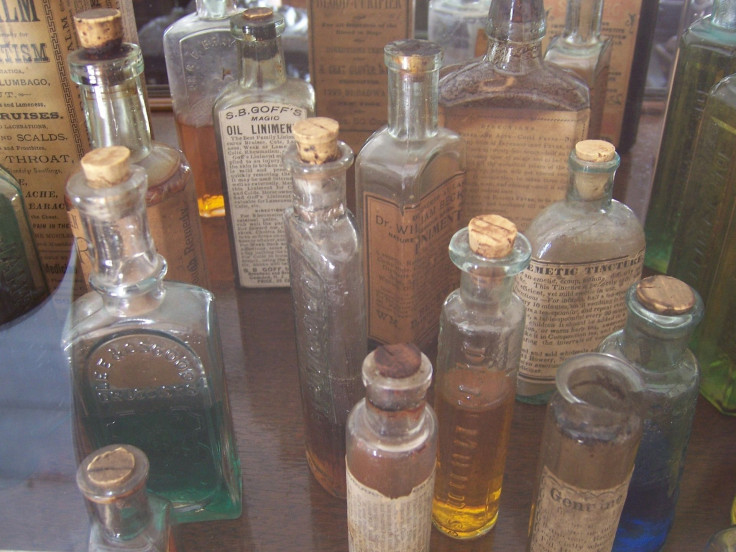History Of The Pharmacy: How Prescription Drugs Began And Tranformed Into What We Know Today

Humans have prescribed medications since Sumerian times, around 2,000 BC. After this, records of prescribing and dispensing medication have been found from ancient Greece, the Han Dynasty, and the Islamic Golden Age in Iraq. Since then, pharmaceuticals have exploded into a multi-billion dollar, international industry. There are about 291,000 pharmacists employed in the United States alone, and in 2014, pharmacies filled about 44.6 million prescriptions per capita. But how does the pharmaceutical industry make its money?
Unsurprisingly, it’s brand-name drugs that still have their patent exclusivity that bring in the most money. After the Food and Drug Administration approves a drug, its manufacturers are granted the right to exclusively manufacture and sell it for a set number of years. Despite not being anywhere near the most prescribed — that crown belongs to levothyroxine, a replacement thyroid hormone available in generic form — these drugs rake in millions every year. Humira, Abilify, and Enbrel currently rule as the best-selling branded drugs.
Controversy over the industry has risen lately, due in part to high drug costs and accusations that some clinical trials only report positive results when they involve a preferred medication. Also many have criticized sponsored researchers for being in the pocket of pharmaceutical companies, even when it comes to academic research papers.
Despite their shortcomings, we need pharmacies and what they have to offer; seven in 10 Americans is currently on one or more prescription drugs. Check out the infographic by Coyne College to learn more about pharmaceutical history, employment, and the future of the industry.




























